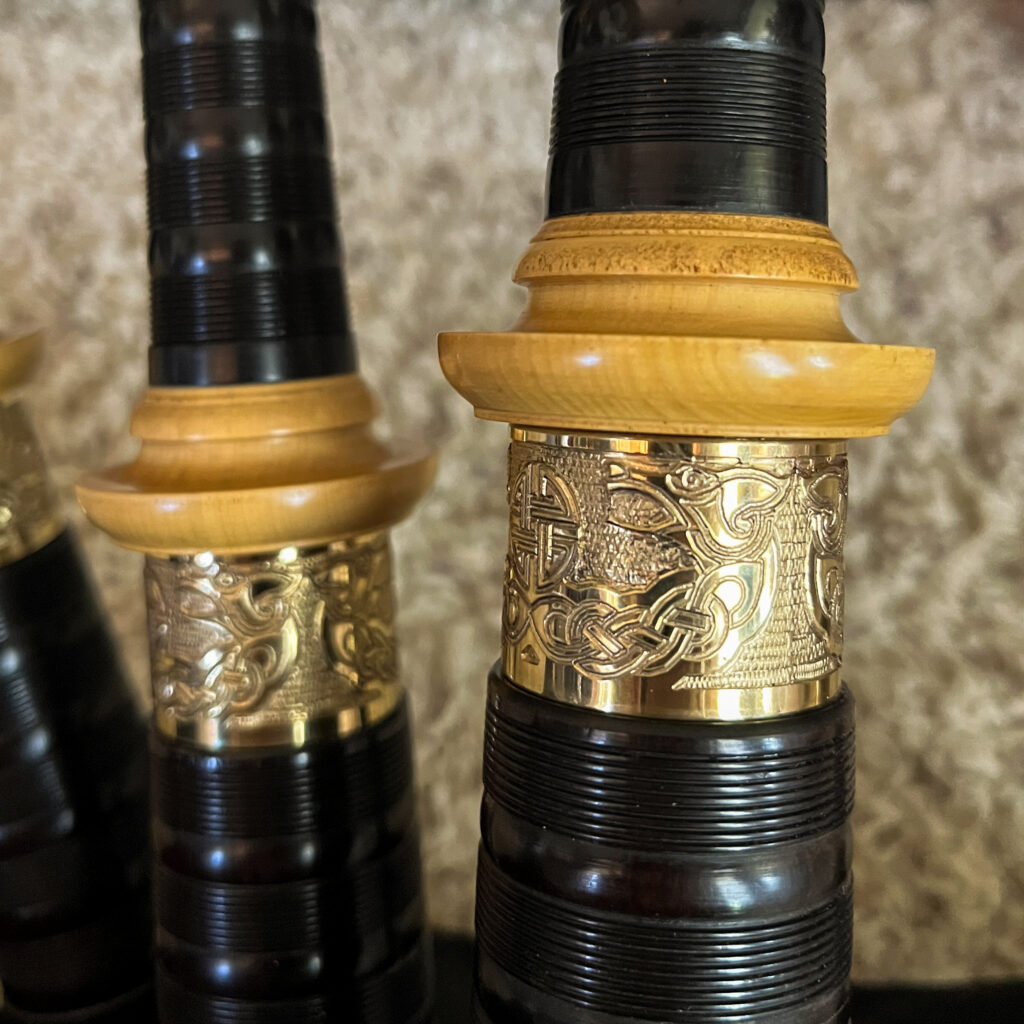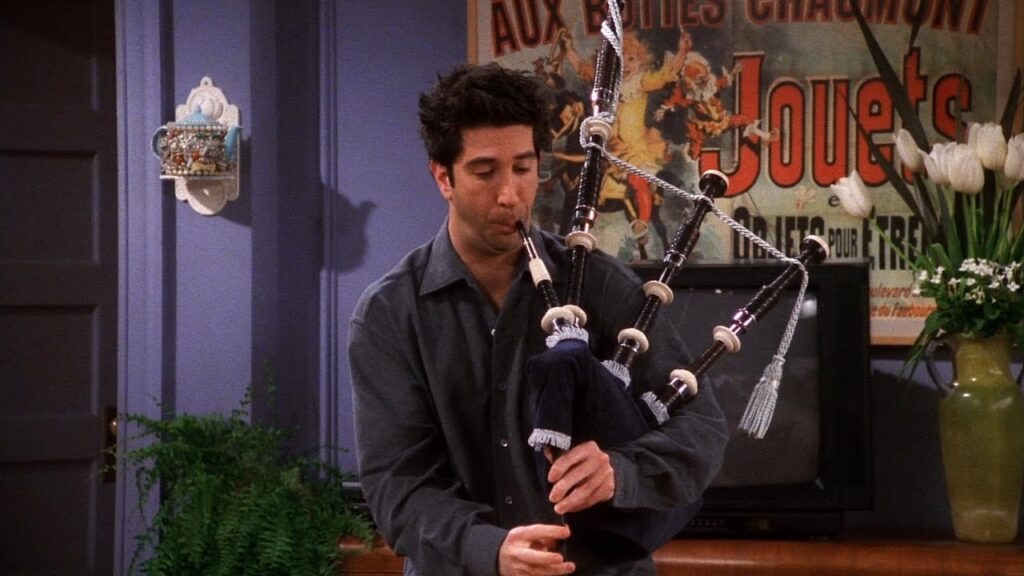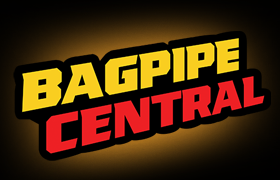Buying a used musical instrument can be a smart and rewarding decision. You can save money, find a rare or vintage piece, and give a second life to a set of pipes that still has plenty of music left in it. From a 1910 set of Lawries to a 2024 set of Hardies, the second-hand market is full of opportunities.
However, buying through online ads can also carry risks — such as hidden damage, unreliable sellers, or deals that seem too good to be true. The good news is that with a bit of preparation and common sense, you can safely shop for a quality used instrument and avoid costly mistakes.
Bagpipe Central does not take part in the interaction between buyers and sellers, but we do our best to help guide both parties to make them aware of the pros and cons when selling online.
Here’s some tips on how to stay safe when buying second-hand musical instruments online.
1. Research the Instrument Before You Buy
Before you contact a seller, spend a few minutes learning about the specific instrument you want. Knowing the typical second-hand price, the materials it’s made from, and common maintenance issues will help you recognize when something doesn’t add up.
Check what similar makes and types usually sell for. This is easy to do on Bagpipe Central, by filtering through our thousands of categorized archived listings. If a listing is dramatically cheaper than the average, it could be damage or misrepresented. A little research helps you make informed decisions and prevents impulse buys that don’t deliver value.

2. Evaluate the Seller’s Credibility
When buying a used instrument from a private seller, take time to assess their reliability. A genuine seller will be friendly, open, and happy to answer questions about the instrument’s condition and history.
Look for clear signs of credibility:
- The seller provides detailed, original photos — not generic ones.
- They respond promptly and clearly to questions.
- They can describe how long they’ve owned the instrument and how it’s been used.
- They have a deep knowledge, as you should, about pipes or drums.
Be cautious if the seller is vague, avoids giving details, or pressures you to buy quickly. Reliable sellers understand that serious buyers need time to make a decision.
3. Inspect the Instrument
If possible, see and test the instrument in person before handing over any money. This is one of the best ways to make sure the listing matches reality. If distance makes that impossible, have the seller send you videos of them playing or showing the instrument.
If you’re able to meet the seller in person, here’s some tips to stay safe:
- Choose a public, well-lit place such as a café, community center, or parking lot with good visibility.
- Bring a friend or another musician for safety and a second opinion.
- Take your time examining the instrument for cracks, dents, corrosion, or missing parts.
- If possible, play the instrument or have the seller demonstrate it.

A short test can reveal hidden problems, such as leaks, tuning instability, or electronic faults, that are easy to miss in photos.
4. Use Safe Payment Methods
Secure payments are one of the most important aspects of buying used musical instruments safely. For in-person sales, cash is fine — but only after you’ve inspected and confirmed the instrument’s condition.
If you’re paying online, use a trusted, protected payment method that offers buyer safeguards. Avoid bank transfers, wire services, or prepaid cards, since these cannot always be reversed if something goes wrong.
Always document your agreement with the seller — even a short message confirming the price and condition can help resolve disputes later.
5. Ask About the Instrument’s History
Before completing the sale, ask how the instrument has been used and stored. Questions like these can reveal important details:
- How long have you owned it?
- Has it ever needed repairs or adjustments?
- Has it been played regularly or stored for a long time?
- Have you won any major competitions with this instrument?
For higher-value instruments, it’s reasonable to ask for some proof of ownership, such as a receipt, repair invoice, or certificate. This helps confirm the seller’s honesty and ensures you’re not buying a stolen item.
An honest seller will appreciate your carefulness and will usually have no problem providing this information.
6. Trust Your Instincts
Your intuition is a powerful tool when buying second-hand instruments. If anything feels off — whether it’s the price, the seller’s behavior, or the condition of the item — it’s best to step back.
A genuine deal will feel straightforward, transparent, and fair. If you feel pressured or unsure, it’s okay to walk away. Another opportunity will always come along, there are thousands listed on Bagpipe Central.
Final Thoughts: Buy Second-Hand Instruments with Confidence
Buying a used set of pipes through a classified listing can be exciting, affordable, and a great experience. You can find high-quality instruments with history and character, often for a fraction of their new price.
To stay safe, remember these key points:
- Do your research before contacting sellers.
- If geographically possible, meet in person and inspect carefully.
- Use secure payment methods.
- Ask clear questions about the instrument’s background and usage.
- Trust your instincts and don’t rush.
With patience and attention to detail, you can confidently enjoy your experience and have that great new sound you were looking for.



